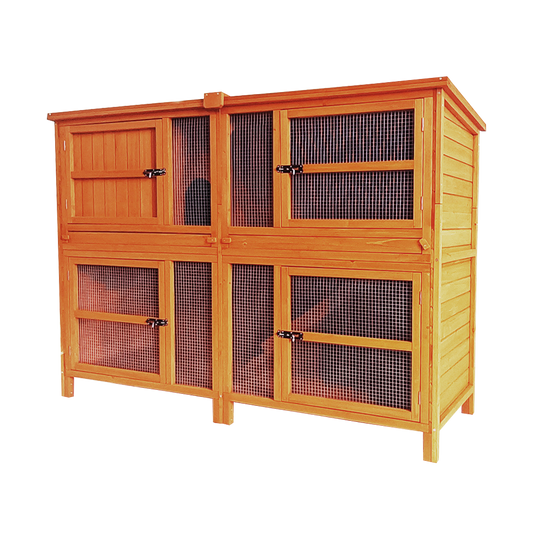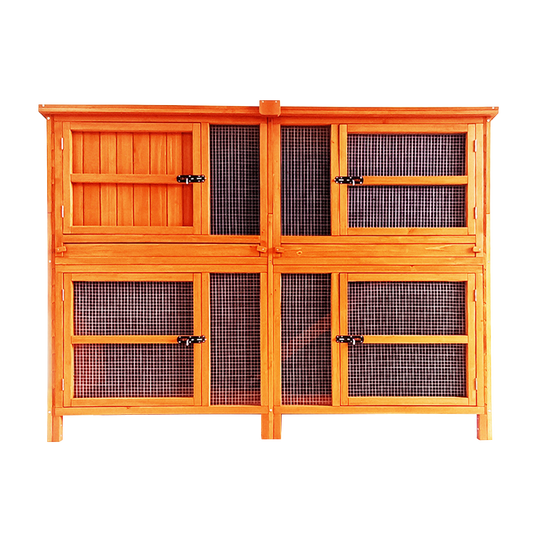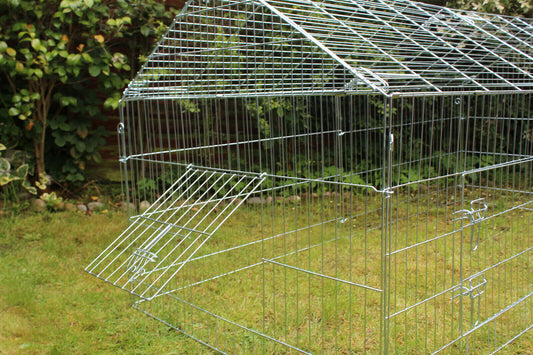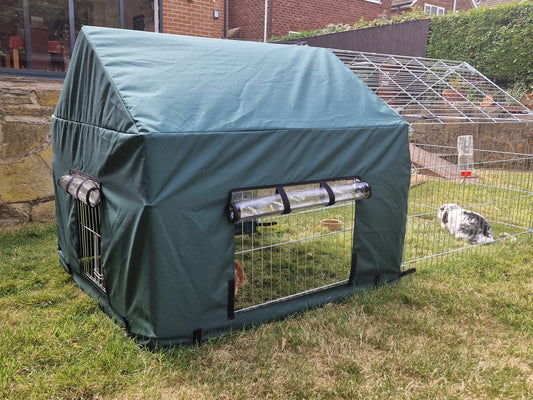If you are starting the year with a new puppy, it’s important to get things off to a flying start with a good foundation of basic training. It’s never too early to start and by putting in the time when your pup is young, you’ll be rewarded with a well-behaved adolescent.
Keep it Positive
The best way to train a puppy is by using positive reinforcement, which means giving your dog a reward for performing a desired action. This could be a tasty treat, the throw of a toy or simply verbal praise – whatever motivates your pet. When a reward is given consistently every time your dog does something you ask, your dog will make a positive association and be more likely to repeat the behaviour.
You should never punish your dog as this will have the opposite effect of creating a negative association and is likely to lead to a fearful or untrusting pet.
Keep it Consistent
As your puppy learns what is expected of them through repetition, it is very important not to give out conflicting messages. If one member of the household allows the puppy into the kitchen, for example, but another insists that they keep out, your puppy is going to become confused as to what is right and wrong.
Agree on some house rules right from the beginning and ensure everyone sticks to them as it will make life much easier for your pet.
Consistency also applies to any command words that you choose. If your puppy learns to ‘stay’, being told to ‘wait’ by someone else is going to fall on deaf ears.
Crate Expectations
One of the first things you should teach your new pup is to use a crate. If your puppy sees a crate as a cosy and safe bed, they will be happy to relax inside it when you are unable to supervise them. This also means your puppy won’t be able to get up to mischief behind your back or put themselves in danger.
If you simply put your puppy in the crate, lock the door and walk away, it is likely to become very anxious and could start to associate the crate as being a lonely, boring or scary place to be. However, if you slowly introduce a crate to your puppy with the door left open and with food or toys inside to keep them entertained, they will form a positive association with it.
If you gradually increase the amount of time that the door of the crate is closed and the amount of time you go out of view, your puppy will enjoy the time they spend in their cosy den.
Calm Greetings
Who doesn’t like being greeted by a lively puppy? When your pup is tiny, visitors are unlikely to mind them jumping up to say hello but when they are fully grown – especially if they are a larger breed – it could easily cause fear or accidental injury.
The trouble is, your pup is not going to understand the consequences of having grown up and it can be hard to get them out of the habit of jumping up if they have done it since they were young. Prevent your puppy from jumping up at visitors right from the start by rewarding them for keeping all four paws on the ground and ignoring them if they do jump. Your pup will soon be greeting guests in a calmer manner, which will continue into adulthood.
Teaching ‘Sit’
The ‘sit’ is an extremely useful first command to teach your puppy for their own safety. If a puppy is sitting, it cannot jump up at people, dive into the road or otherwise get into bother. A dog that is trained to sit will also focus on its owner so it is a useful thing to ask your pet to do if you want to distract them.
Here’s how to do it:
- Hold a treat in front of your puppy’s nose to get their attention but keep hold of it.
- Gently lift the treat up over the top of their head so that their nose follows it.
- This action will naturally cause your puppy to sit. When their bottom goes down, say ‘sit’ and give them the reward.
- Repeat this action over several days, rewarding your pup as soon as their bottom hits the floor. Your pup will start to associate the reward with sitting and is likely to start sitting before you ask them if they suspect a treat is on offer!
- Never force your puppy into a sitting position. If they don’t get it first time, just try again.
It’s Never Too Late
If you have an older dog in need of training, ignore the old adage! With positive reinforcement you can teach an old dog new tricks. It may take a little longer if your dog is set in their ways but by using rewards, lots of praise and consistency in training, there’s no reason why you can’t achieve success.
If you enjoyed this, you may be interested in:









